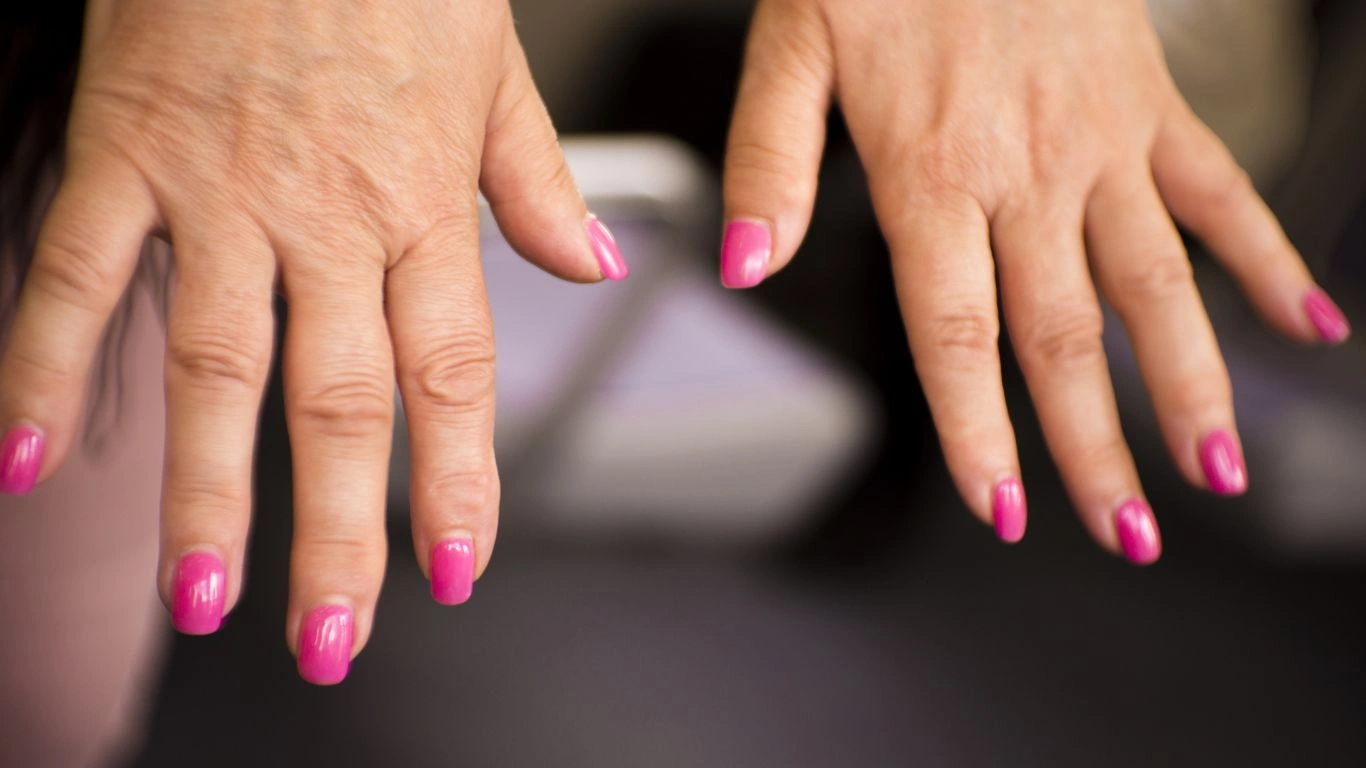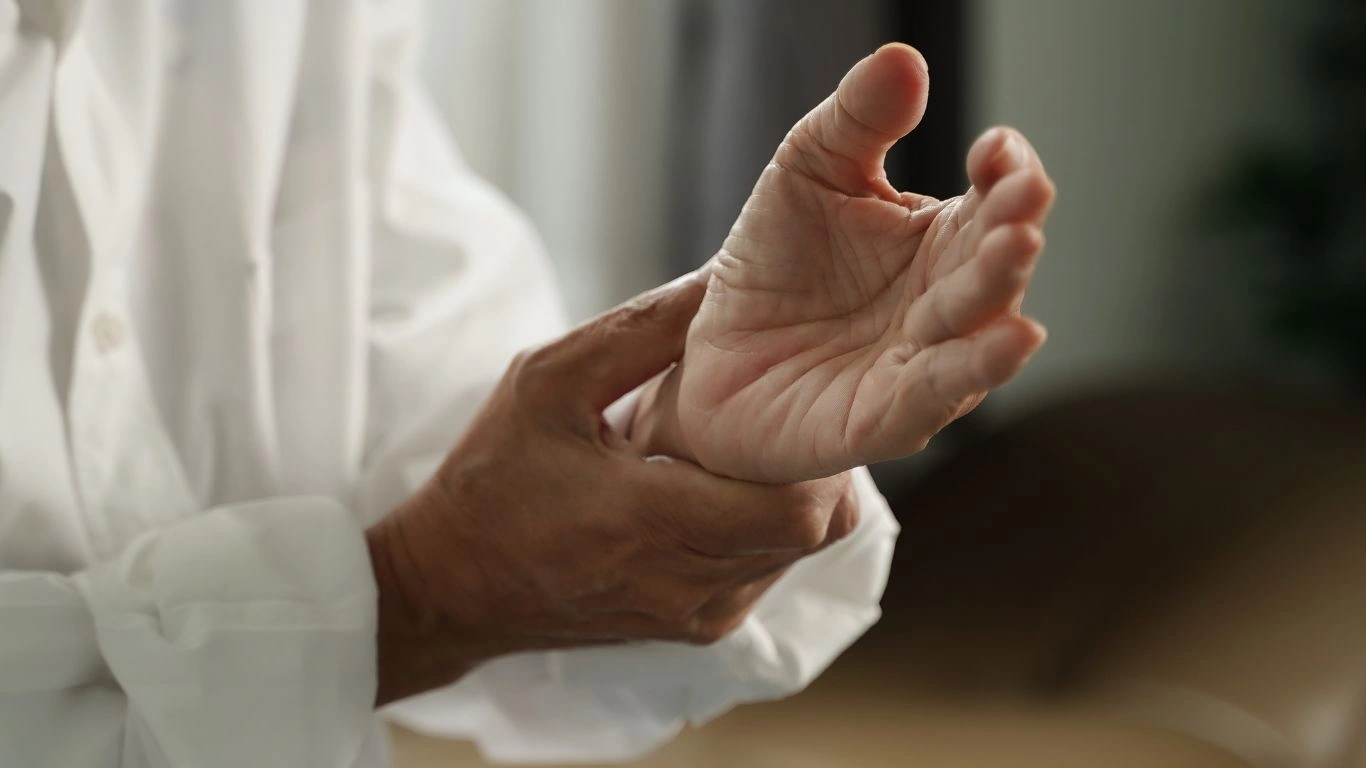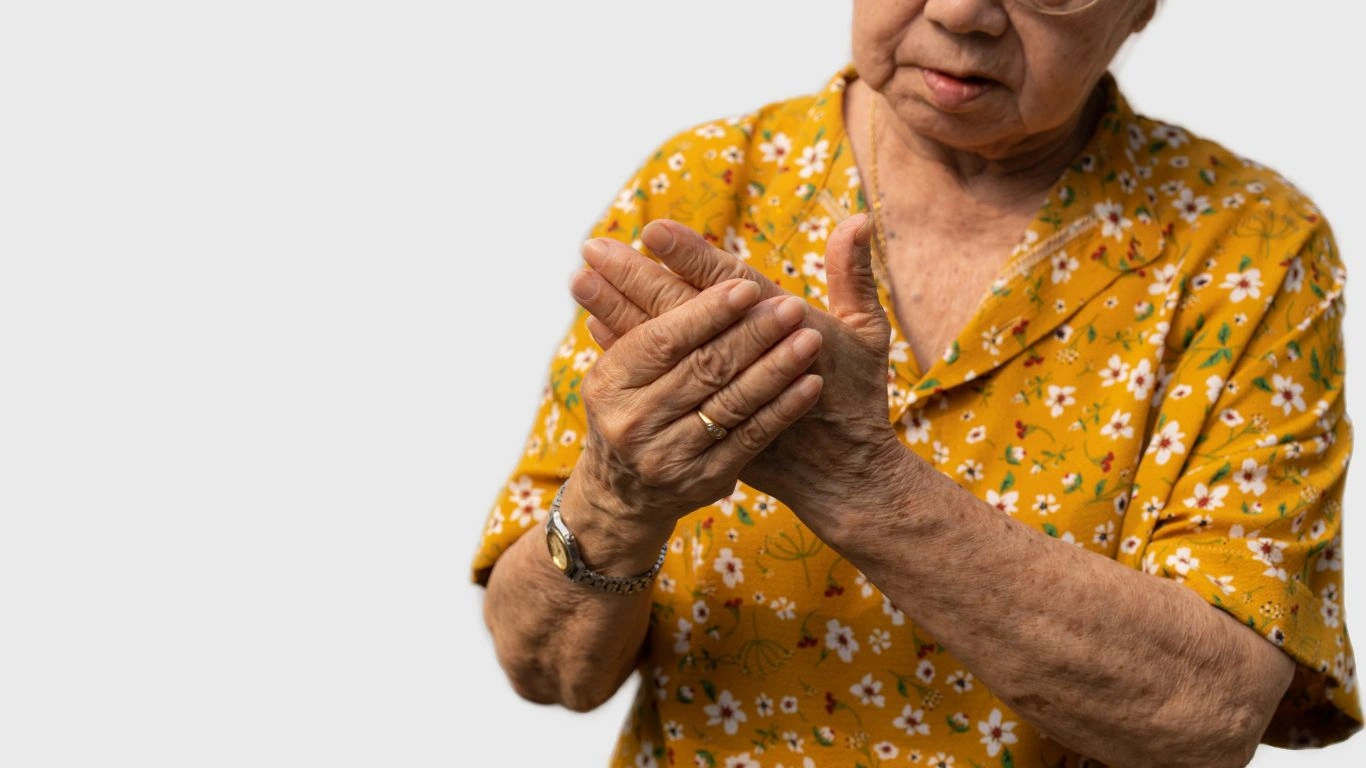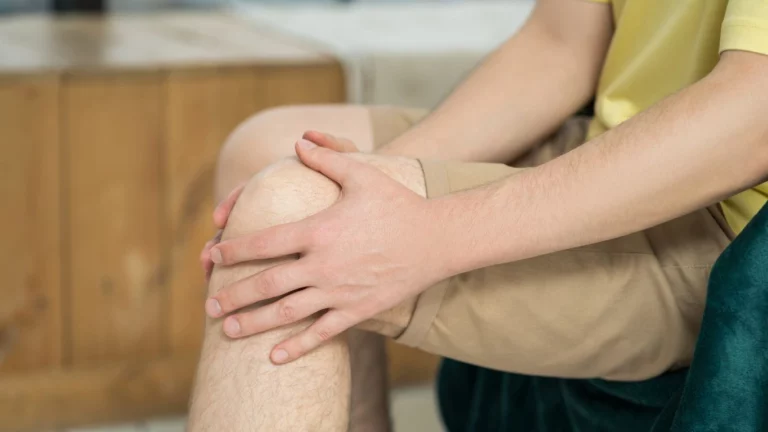🌱 Natural Pain Relief Methods for Rheumatoid Arthritis: Easing the Ache Naturally
Dealing with rheumatoid arthritis (RA) can feel like a never-ending battle. If you’re sick of relying on meds and want to try something a little more natural to ease the pain, you’re in the right place. Let’s talk about some natural pain relief methods for rheumatoid arthritis that could help you feel better without the side effects of traditional meds.
I know it can be tough, so I’m going to walk you through some natural options that I’ve heard work wonders for a lot of people. Plus, I’ll throw in some real-life examples to make this feel more like a conversation than a lecture!
So, What Exactly is Rheumatoid Arthritis?

RA is one of those tricky autoimmune diseases where your immune system gets confused and starts attacking your own joints. It causes pain, swelling, and stiffness that can make everyday activities a real struggle. For those of us with RA, finding ways to manage pain is super important.
🌿 Natural Pain Relief Methods for Rheumatoid Arthritis

You’re probably tired of hearing that there’s no “cure” for RA. But don’t worry! There are plenty of natural methods that can help ease your pain, and I’m here to break them down for you:
1. Turmeric & Ginger: Your New Best Friends
These two herbs are pretty much superheroes when it comes to fighting inflammation. I’ve tried turmeric myself, and let me tell you, it works wonders. Research backs it up, too—curcumin in turmeric and ginger’s active compounds both have anti-inflammatory effects that can help soothe joint pain.
How to use them? Easy! You can throw some turmeric powder in your smoothies, soups, or even just make a cup of turmeric tea. Ginger is just as flexible—add it to your meals or enjoy a nice cup of ginger tea.
2. Hot and Cold Compress: Simple, But Effective
I know this one might sound a little basic, but hear me out—alternating between hot and cold compresses can really make a difference. Cold helps with swelling, while heat can relax those tight muscles. It’s like a mini spa session for your joints.
How to use it? Wrap up a bag of frozen peas (yes, peas!) or use an ice pack on the painful area for 15-20 minutes. Then, switch it up with a warm towel or heating pad for the same amount of time. It’s simple, but surprisingly effective.
3. Essential Oils: A Little Aromatherapy Goes a Long Way
I’ve always been a fan of essential oils. Lavender, peppermint, eucalyptus—these oils aren’t just for making your house smell amazing; they can actually help with pain relief. Eucalyptus is particularly good for joint pain because it has natural anti-inflammatory properties.
How to use them? You can apply them directly to your skin (diluted with a carrier oil like coconut oil) or just use a diffuser. I personally love a few drops of peppermint oil in a warm bath—feels so relaxing.
4. Yoga and Meditation: Mind Over Pain
This one took me a while to warm up to. I was skeptical about yoga at first, but after giving it a try, I was amazed by how much better my joints felt after a gentle stretch. Meditation can also help manage the mental strain that comes with living with chronic pain.
How to use it? You don’t need to be a yoga expert. Just start with some basic poses, like child’s pose or cat-cow, and practice deep breathing. Apps like Headspace or Calm are great for meditation, especially if you’re new to it.
5. Omega-3 Fatty Acids: Good for Your Joints AND Your Heart
I’ve heard a lot of people swear by omega-3s for reducing inflammation. Found in fish oil, flaxseeds, and chia seeds, these fatty acids are pretty much your joints’ best friend when it comes to fighting RA pain.
How to use it? If you’re not a fan of fish, try adding flaxseeds or chia seeds to your smoothies or salads. Or you can grab an omega-3 supplement to make sure you’re getting enough.
6. Acupuncture: Sounds Weird, But It Works
Okay, so I know needles aren’t everyone’s thing, but acupuncture has worked for a lot of people dealing with RA. The idea is that it helps balance energy in the body and reduces pain. I’ve had a few friends who tried it, and they’ve told me it’s helped them manage pain more effectively.
How to use it? Find a certified acupuncturist who has experience with RA. Don’t worry, the needles are super thin, and you’ll likely feel a sense of calm during the session.
🔧 Troubleshooting Common Issues with Natural Pain Relief

So, I’ve mentioned a lot of methods, but they’re not all perfect. You might run into a few bumps along the way. Let’s go through some common issues you might face:
1. No Instant Results
I get it—waiting sucks. Especially when you’re in pain and want immediate relief. But natural remedies take time to work their magic.
What to do: Stick with it. Give it a couple of weeks. I know it’s frustrating, but sometimes, natural treatments need a little time to show real results.
2. Allergic Reactions
It’s always a bummer when you try something new and your skin decides it doesn’t like it. It happens, especially with essential oils or even certain herbs.
What to do: Do a patch test first. Just apply a small amount of the product to a tiny area of your skin and see how it reacts. And if in doubt, talk to your doctor.
3. Finding Time for Yoga or Meditation
Trust me, I know. You’re busy! But yoga and meditation don’t need to take up hours of your day. A short 10-minute session can actually do wonders.
What to do: Set a timer on your phone or use an app to help guide you. And hey, if you can’t commit to 10 minutes, even 5 minutes can be helpful.
💡 Real-Life Success Stories: Natural Relief in Action

Sarah’s Story: Turmeric & Ginger for the Win
Sarah, a friend of mine who’s dealt with RA for years, decided to try adding turmeric and ginger to her diet. After just a few weeks of sipping on turmeric tea and eating more ginger in her meals, she noticed her pain started to go down, and her energy levels improved. It wasn’t a miracle cure, but it was definitely a game-changer.
Mark’s Acupuncture Success
Mark is in his late 50s and has severe knee pain due to RA. He was skeptical about acupuncture but gave it a shot after his doctor suggested it. After just a few sessions, his knee pain eased, and he noticed more mobility. He’s since become a big fan of acupuncture for managing his RA pain.
📝 Key Takeaways / Summary
Natural Remedies Work: Turmeric, ginger, hot/cold compresses, and acupuncture can all help reduce RA pain and inflammation.
Stick With It: Natural treatments take time, so be patient and consistent.
Complement, Don’t Replace: Use natural methods alongside your prescribed treatments for the best results.
❓ FAQs
Q1: Are natural remedies enough for RA pain?
While natural remedies can help manage pain, they’re best used alongside prescribed treatments. Always talk to your doctor before making changes to your routine.
Q2: How soon can I expect results from natural remedies?
It varies from person to person, but many people start seeing results within 2-4 weeks of consistent use.
Q3: Can essential oils replace medication?
Essential oils can help with pain relief, but they shouldn’t replace medication. Always talk to your doctor about your pain management plan.
📚 References
– Turmeric for Rheumatoid Arthritis – Mayo Clinic
– Omega-3 Fatty Acids for Arthritis – Arthritis Foundation
– Acupuncture for RA: A Review – NIH
⚖️ Disclaimer
This blog is for informational purposes only and is not a substitute for professional medical advice. Always check with your healthcare provider before trying any new treatment or remedy.
🚀 Call to Action
So, what do you think? Ready to try out some of these natural remedies? Whether you start with turmeric or try a little acupuncture, I’d love to hear how it goes for you! Drop a comment or share your experiences below—let’s support each other on this journey to natural pain relief. 🌿

Tarra Nugroho is a dedicated Nurse Practitioner with a strong foundation in family and preventive care. She brings both compassion and clinical expertise to her practice, focusing on patient-centered care and health education. As a contributor to Healthusias.com, Tarra translates medical knowledge into clear, empowering articles on topics like women’s health, chronic disease management, and lifestyle medicine. Her mission is simple: help people feel seen, heard, and informed—both in the clinic and through the content she creates. When she’s not caring for patients, Tarra enjoys weekend hikes, plant-based cooking, and curling up with a good health podcast.






